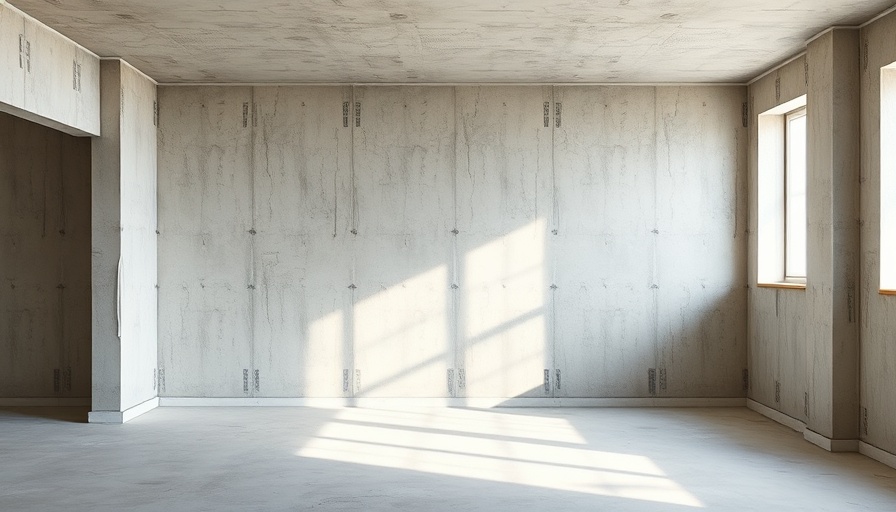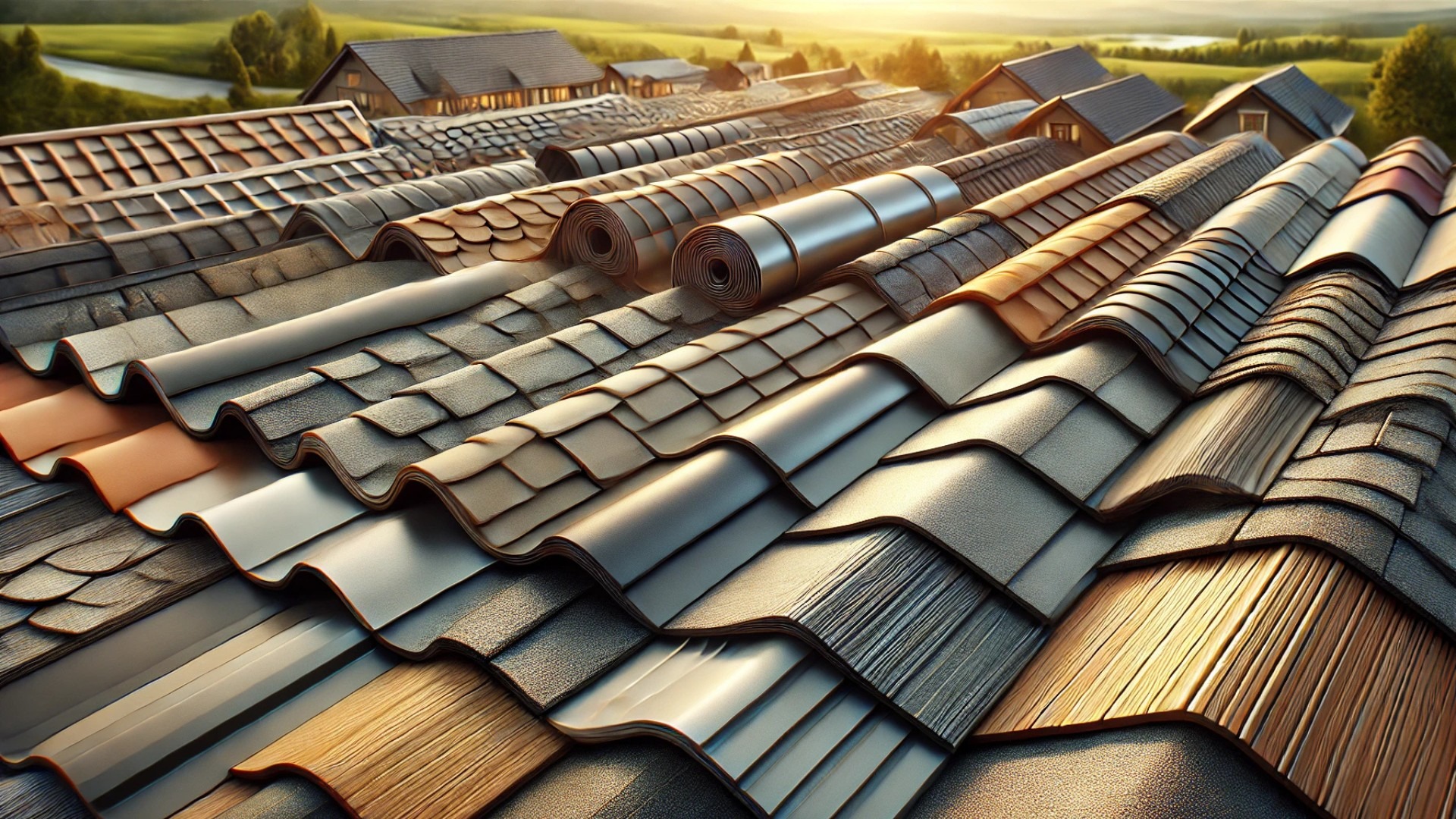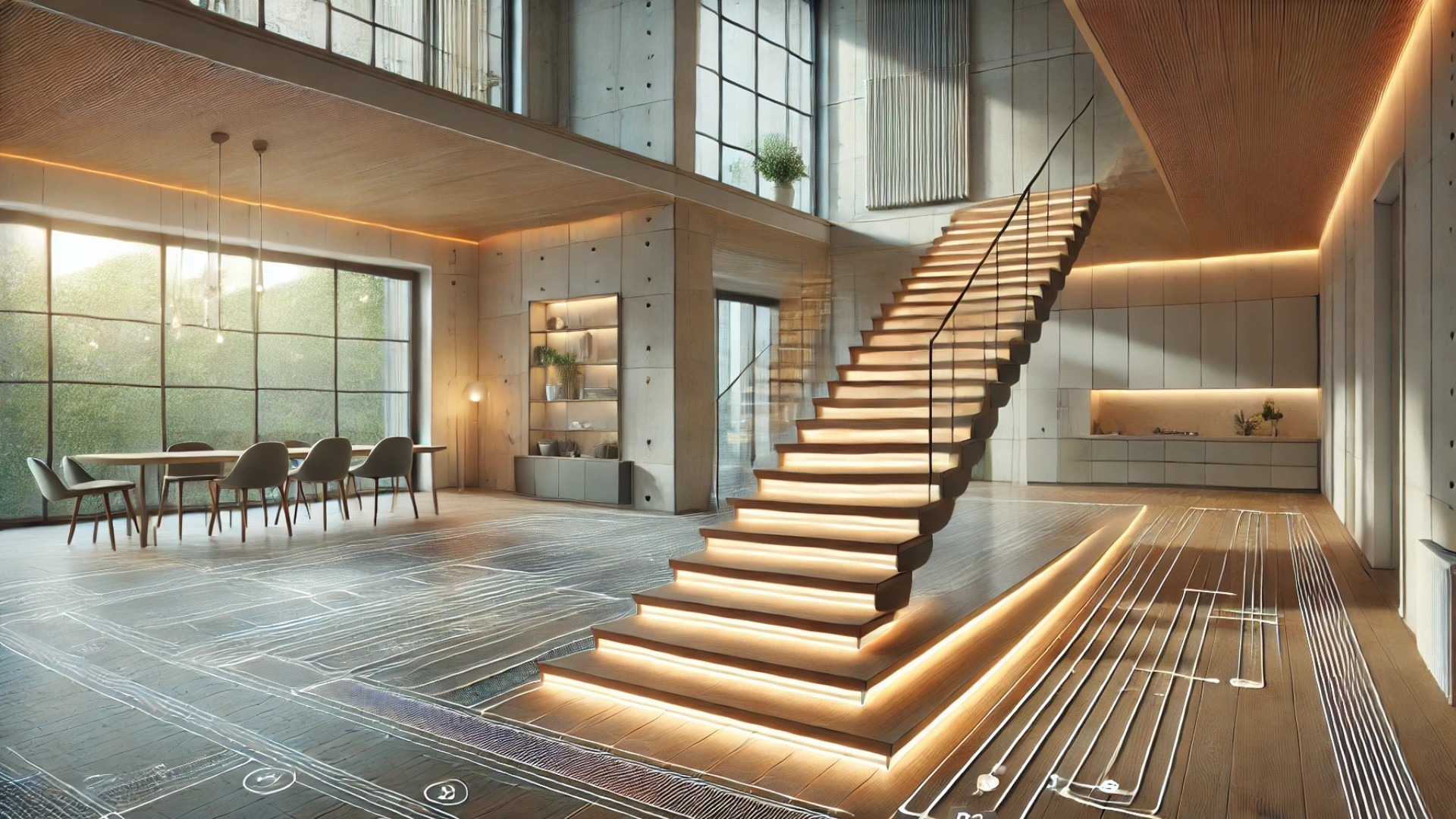
Rediscovering Plaster's Historical Significance
In an age dominated by modern drywall, the historical significance of plaster walls often goes unnoticed. Once the hallmark of architectural integrity, plaster walls were an intricate blend of artistry and structural engineering. They were designed to endure the test of time, unlike the vulnerable drywall installations of today. This begs the question: why did we abandon a wall system renowned for its durability and aesthetic appeal? The answer lies not only in cost and convenience but in a larger architectural trend that prioritized speed over quality.
The Ingenious Anatomy of Plaster Walls
Traditional plaster walls, built upon a framework of wooden lath, create a stunning visual and sensory experience that drywall simply cannot replicate. As described in architectural analyses, plaster is applied in a three-coat system: the scratch coat for bonding, the brown coat for leveling, and the finish coat for smoothness. When this system is executed correctly, the result is a wall that not only looks exquisite but also offers superior insulation and soundproofing capabilities. This has been evidenced in historic preservation efforts, where analysts found plaster walls from as early as the 18th century still intact and performing remarkably well. In contrast, modern drywall is typically unable to match these metrics, leaving homeowners to question its long-term value.
Contrasting Perspectives: The Case for Drywall
The advent of drywall in the mid-20th century was a groundbreaking shift aimed at streamlining construction processes. Proponents argue that plaster requires skillful artisanship, making it a luxury many cannot afford. Drywall’s rapid installation and cost-effectiveness made it an appealing option, especially during the housing boom that followed World War II. However, this convenience often came at the cost of quality and longevity. Those who prize craftsmanship and aesthetic value often find solace in the enduring beauty of plaster, while others may opt for the ease of drywall, sacrificing longstanding authenticity for contemporary utility.
Plaster vs. Drywall: The Benefits of Keeping the Old
When discussing the materials of choice for historic homes, it's essential to weigh the advantages. Plaster boasts exceptional tensile strength, sound attenuation, and energy efficiency. In fact, plaster walls can provide nearly double the soundproofing benefits of drywall, enhancing the privacy and tranquility of an interior space. Moreover, the properties of plaster—a natural, breathable material—help regulate indoor temperatures far better than the synthetic compounds found in drywall.
Understanding the Risks and Rewards of Material Choices
While plaster has its apparent advantages, it is not without challenges. Homeowners may contend with typical issues such as hairline cracks, which can develop over time, especially in older properties. On the flip side, drywall is prone to dents and damage from everyday happenings, such as mishaps with vacuums or furniture. Every material choice comes with its risk factors, yet understanding these nuances allows homeowners to make informed decisions that reflect their personal style and values.
Taking Action: Preserving Architectural Integrity
As more homeowners seek to restore or maintain the unique character of their properties, advocating for the preservation of plaster walls becomes increasingly vital. By nurturing our architectural heritage, we not only honor the craftsmanship of past artisans but also invest in our own living environments. If you are contemplating a renovation, consider the long-term implications and benefits of preserving your plaster walls instead of opting for modern drywall. Your living space will tell a story, connecting you to an art form that has transcended generations.
To sustain the beauty and integrity of your home, seek out skilled artisans capable of restoring plaster. Their expertise can elevate your walls to meet modern standards while retaining the historical charm that makes your property unique.
 Add Row
Add Row  Add
Add 

 Add Row
Add Row  Add Element
Add Element 




Write A Comment